Choosing between Florence and Bologna can be tricky for travelers exploring Italy’s cultural gems. These two cities, each the capital of its region, offer unique experiences that capture the essence of Italian history, art, and cuisine. Florence, the beating heart of Tuscany, is renowned for its Renaissance masterpieces and architectural wonders.
Bologna, nestled in Emilia-Romagna, boasts a rich culinary tradition and a vibrant university atmosphere. While Florence draws millions with its world-famous museums and iconic landmarks, Bologna offers a more authentic Italian experience with fewer tourists and equally impressive sights.
Both cities have their charms, but they cater to different tastes. Florence is perfect for art lovers and history buffs, with its Uffizi Gallery and Duomo dominating the skyline.
On the other hand, Bologna is a food lover’s paradise, known for its fresh pasta, cured meats, and delectable cheeses. The choice between these two destinations often comes from personal preferences and travel goals.
Key Takeaways
- Florence excels in art and Renaissance history, while Bologna shines in culinary experiences.
- Both cities offer excellent day trip opportunities to nearby Tuscan and Emilian towns.
- Bologna tends to be less crowded and more budget-friendly compared to tourist-heavy Florence.
Historical Significance

Florence and Bologna boast rich historical legacies shaping Italy’s cultural landscape. Their distinct pasts offer visitors unique glimpses into different eras of Italian history.
Florence’s Renaissance Heritage

Florence is synonymous with the Renaissance. This magical city was the birthplace of a cultural revolution that changed the world. The Medici family, powerful patrons of the arts, helped turn Florence into a hotbed of creativity and innovation.
The city’s crown jewel is the Duomo Cathedral, with its iconic dome designed by Brunelleschi. It’s a masterpiece of engineering and art that dominates the skyline. The cathedral took nearly 150 years to complete!
Florence’s streets are like an open-air museum. You’ll stumble upon masterpieces at every turn. The Uffizi Gallery houses works by Botticelli, da Vinci, and Michelangelo. It’s a must-visit, but book tickets beforehand to avoid long lines.
Bologna’s Medieval History

Bologna’s charm lies in its well-preserved medieval core. The city’s nickname “La Dotta” (The Learned) comes from its University of Bologna, founded in 1088. It’s the oldest university in the Western world!
Bologna’s skyline is dotted with medieval towers. Noble families built these to demonstrate their wealth and power. Only a handful remain today, but they’re impressive sights.
The Basilica di San Petronio is Bologna’s main church. It’s massive – the 6th largest church in Europe! Construction began in 1390, but it was never fully finished. Look for the line on the floor marking where the nave was supposed to end.
Bologna’s porticoes are another medieval marvel. These covered walkways stretch for nearly 40 km throughout the city and are perfect for strolling, rain or shine.
See Related: How to Spend 3 Days in Florence and Bologna
Cultural Exploration
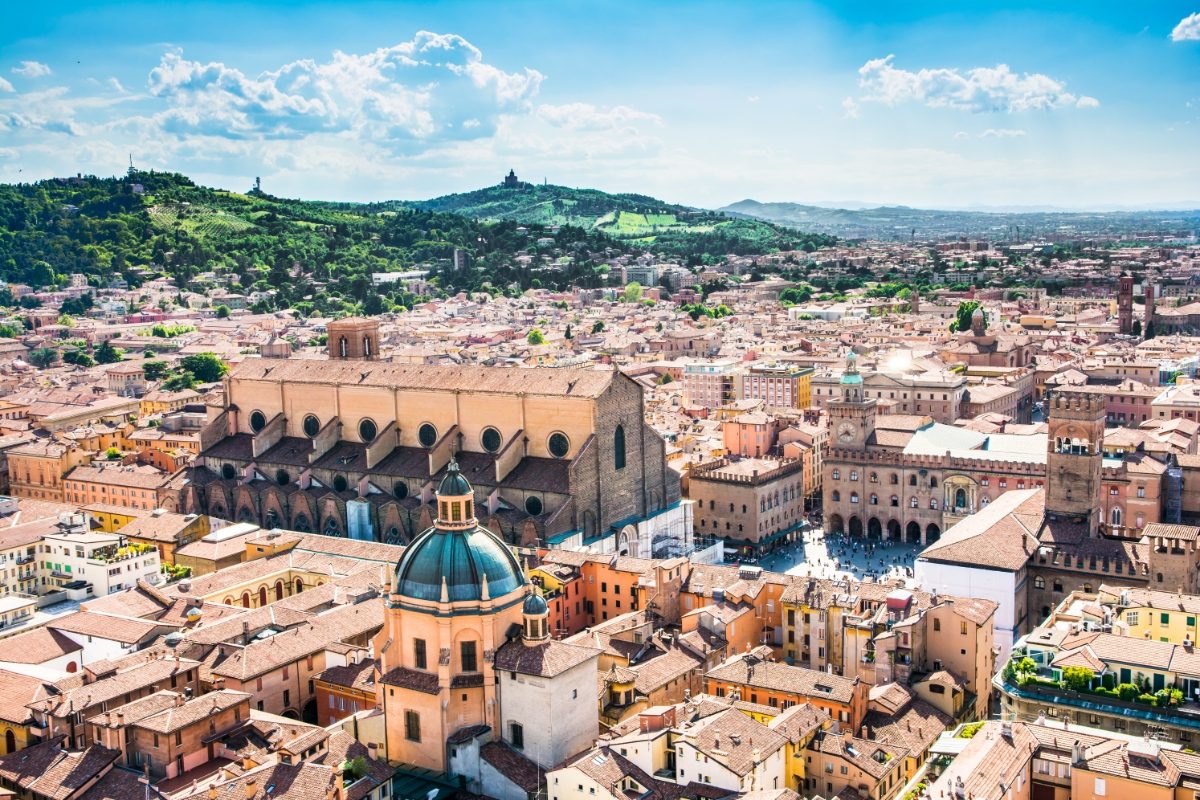
Florence and Bologna offer rich cultural experiences. Both cities have unique artistic and intellectual traditions where visitors can immerse themselves.
Artistic Treasures in Florence
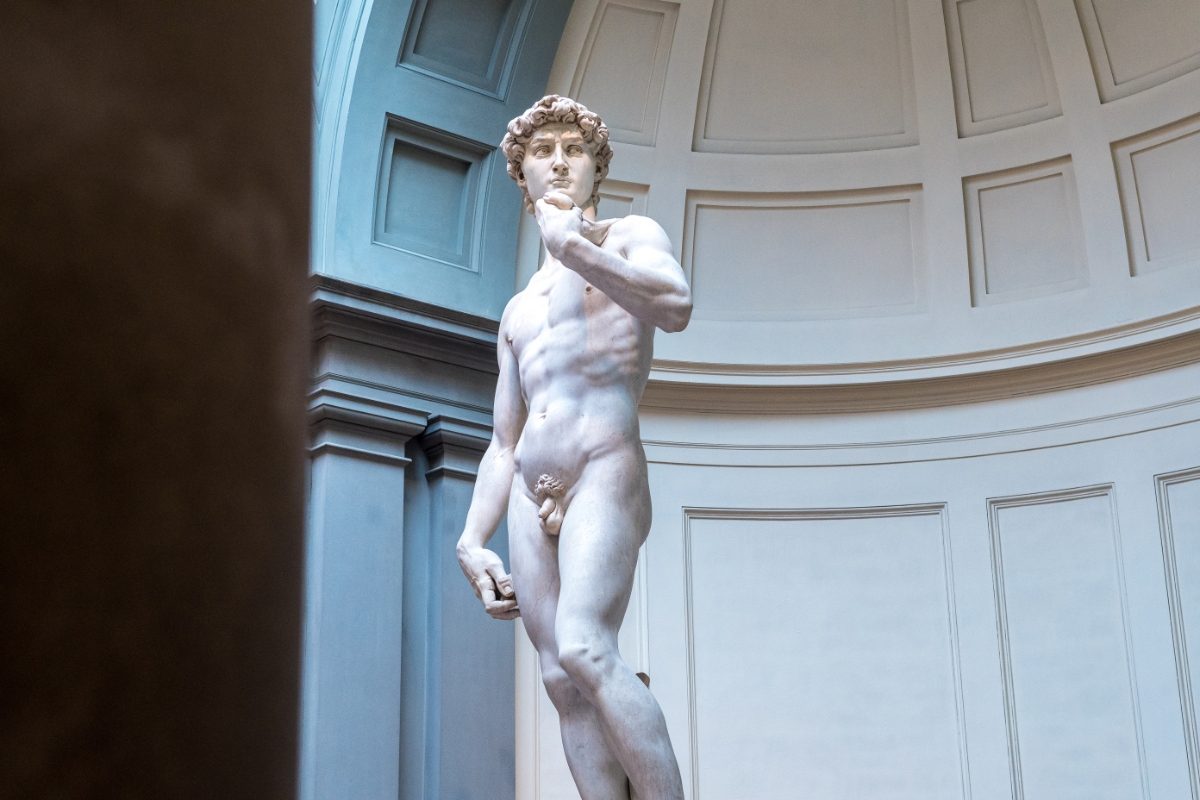
Florence is an art lover’s paradise. The Uffizi Gallery houses masterpieces by Da Vinci, Botticelli, and Michelangelo. You can see Michelangelo’s David at the Accademia Gallery – it’s even more impressive in person!
The Palazzo Vecchio, Florence’s town hall, is filled with stunning frescoes and sculptures. Don’t miss the hidden passageways and secret rooms.
For a taste of local craftsmanship, check out the ceramics workshops in the Oltrarno district. You might find a beautiful souvenir to take home.
Pro tip: Book Uffizi tickets online in advance to avoid long lines. Prices start at €20 ($22) for adults.
Bologna’s Intellectual and Cultural Scene
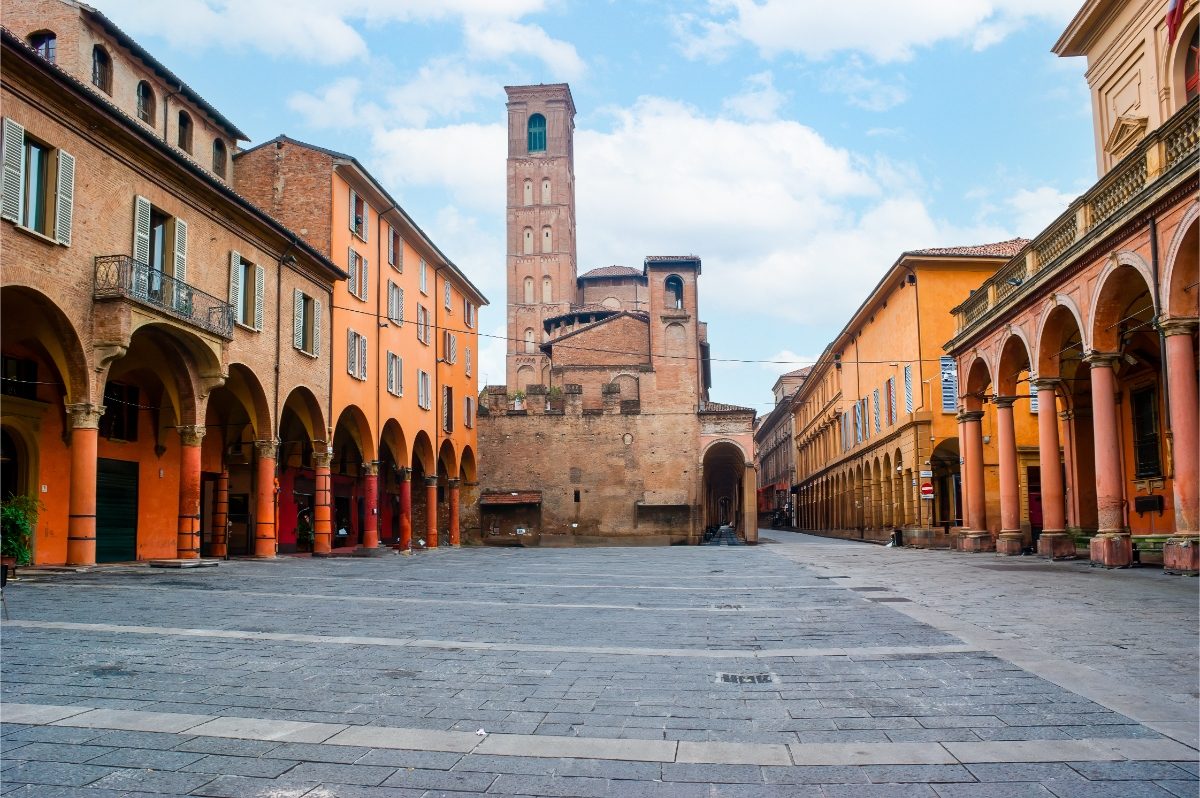
Bologna has a vibrant intellectual atmosphere thanks to its university, the oldest in Europe. The city buzzes with student energy, especially around Piazza Verdi.
Visit the Archiginnasio, the former main building of the university. Its wooden lecture halls and anatomical theater are fascinating.
Bologna’s porticos are works of art. These covered walkways stretch for nearly 40 km throughout the city and are perfect for strolling in any weather.
Don’t miss MAMbo, Bologna’s modern art museum. Housed in a converted bakery building, it showcases Italian art from the 1950s to today.
Insider tip: Check out a concert at the Teatro Comunale. It’s one of Italy’s finest opera houses.
See Related: Where to Stay in Italy for a Month
Culinary Delights
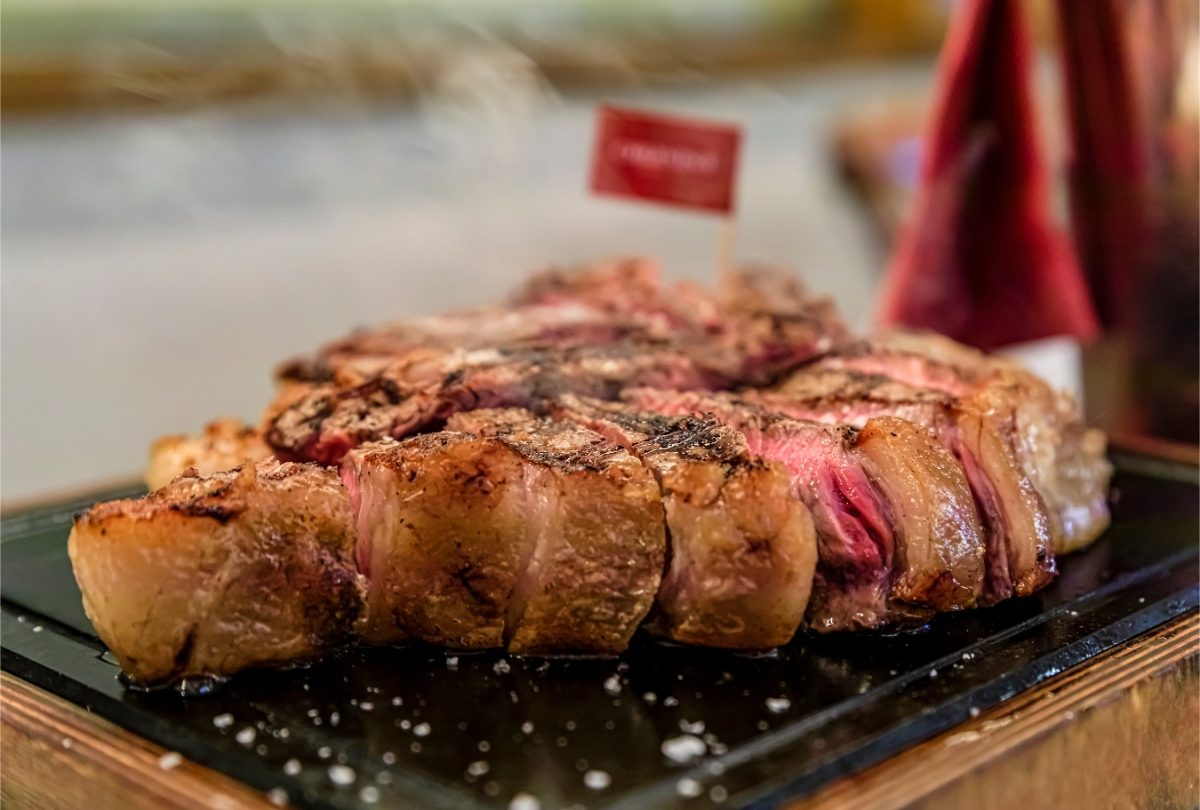
Florence and Bologna are foodie paradises with mouthwatering specialties and gastronomic traditions. These cities offer unforgettable culinary experiences that will delight your taste buds.
Gastronomy in Florence
Florence’s cuisine
Entertainment in Florence
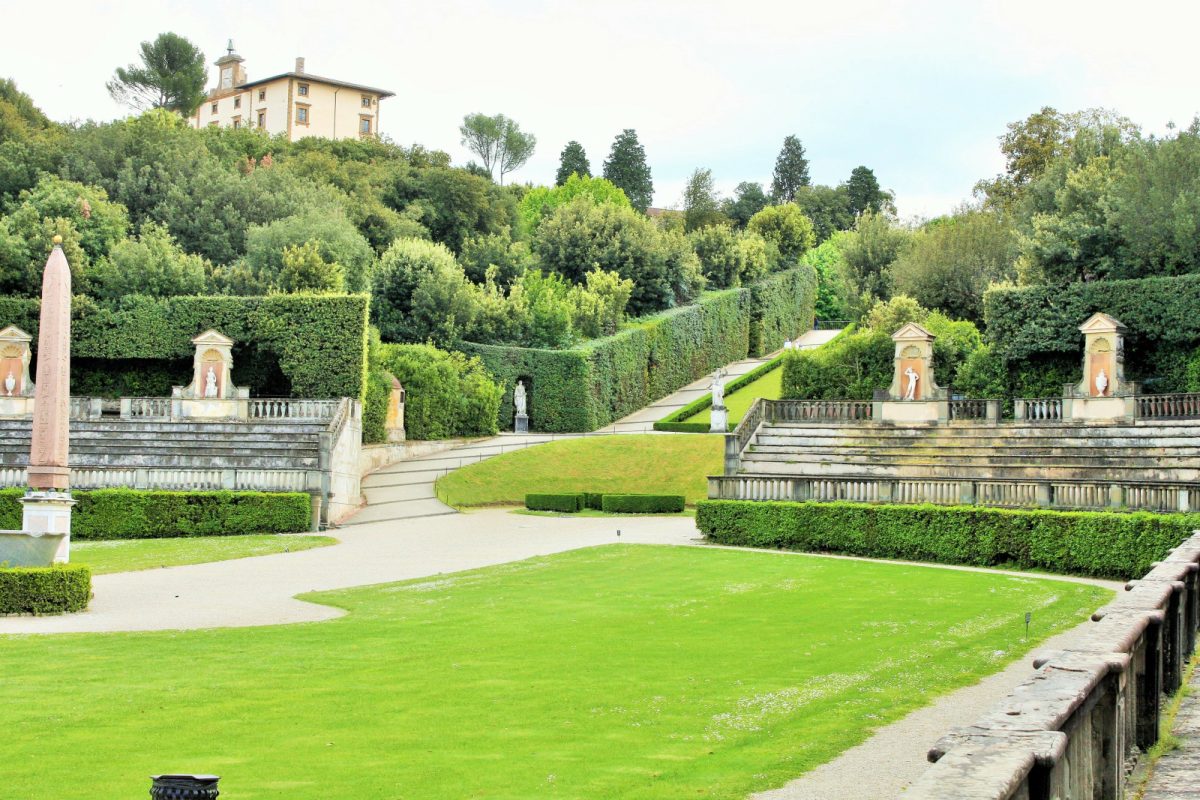
Florence brims with cultural attractions. The Uffizi Gallery showcases Renaissance masterpieces, drawing art lovers from around the globe. For a dose of nature, stroll through the Boboli Gardens, a green oasis behind Pitti Palace.
Music enthusiasts can catch performances at Teatro del Maggio Musicale Fiorentino. The city’s picturesque streets come alive with street artists and musicians, adding a vibrant atmosphere.
Day trips from Florence are popular. Visitors often head to Chianti for wine tasting or to explore the medieval charm of Siena. These excursions offer a perfect blend of culture and relaxation.
Nightlife and Leisure in Bologna

Bologna’s nightlife scene is energetic and diverse. The city’s large student population keeps things lively well into the night. Piazza Maggiore becomes a social hub after dark, with bars and cafes spilling onto the square.
For a unique experience, catch a film at one of Bologna’s outdoor cinemas during summer. The city is also known for its jazz clubs, where locals and tourists enjoy live music in intimate settings.
Day trips from Bologna are equally enticing. Ravenna, famous for its stunning Byzantine mosaics, is just an hour away. Food lovers often venture to Parma to sample its renowned ham and cheese.
See Related: Venice vs Florence: Which Iconic Italian City to Visit
Frequently Asked Questions
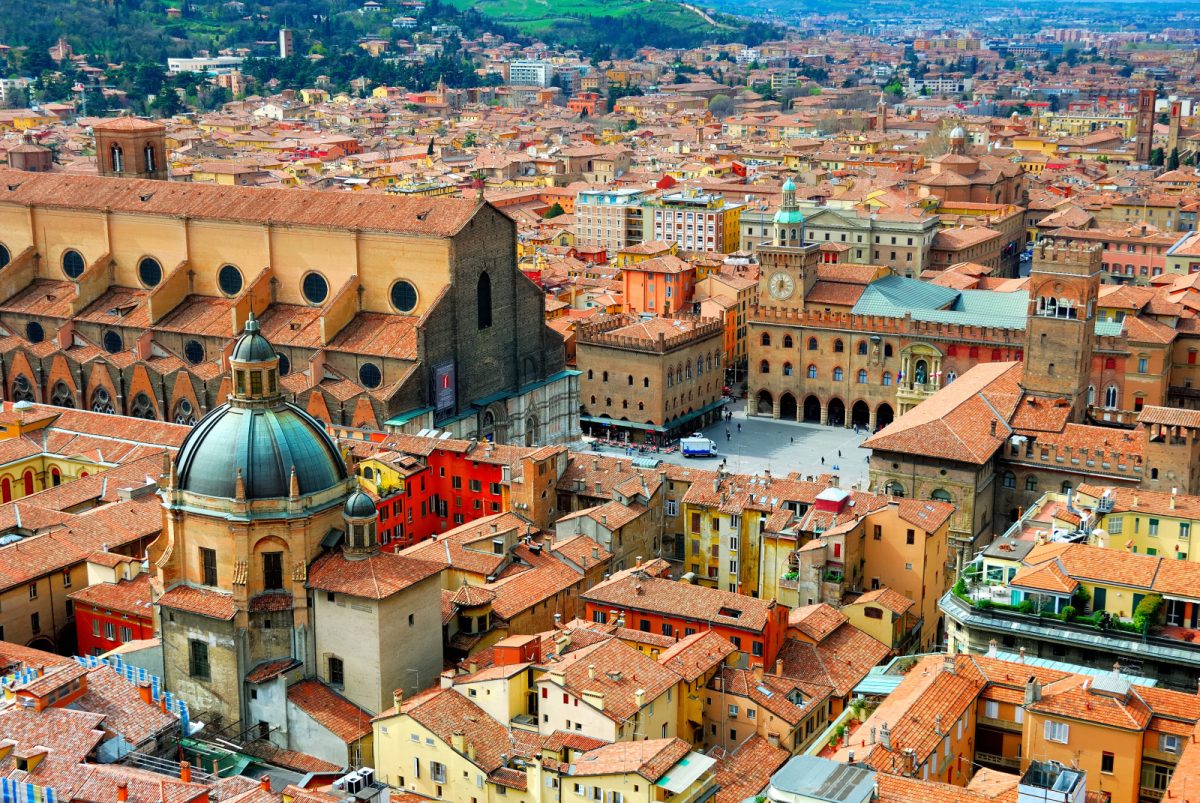
Choosing between Florence and Bologna depends on what you’re looking for in an Italian getaway. Both cities have their unique charms and attractions to offer visitors.
Which city between Florence and Bologna offers a better experience for tourists?
Florence is a tourist hotspot packed with world-famous art and architecture. You’ll find iconic sights like the Duomo and Uffizi Gallery.
Meanwhile, Bologna has a more laid-back vibe with fewer crowds. It’s known for its amazing food and its historic porticoes.
What are the key differences in the cost of living between Florence and Bologna?
Florence tends to be pricier, especially in the historic center. A basic lunch might set you back €15-20. Meanwhile, Bologna is more budget-friendly. Tasty meals are available for €10-15. Accommodation costs are also lower in Bologna than in Florence.
How do family-friendly amenities and attractions compare in Florence and Bologna for those traveling with children?
Florence has lots of kid-friendly museums and parks. The Boboli Gardens are great for little ones to run around.
Bologna is more low-key but still fun for families. Kids love climbing the leaning towers and exploring the porticoes.
Can you compare the academic and cultural experiences of studying abroad in Florence versus Bologna?
Florence is popular for art and language programs. Students can soak up Renaissance history everywhere.
Meanwhile, Bologna has Italy’s oldest university. It offers a wider range of academic fields and a lively student scene.
What are the travel options when commuting from Bologna to Florence and vice versa?
High-speed trains connect the two cities in about 35 minutes, and tickets usually cost €20-30 one-way. Buses are cheaper but take longer, around 1.5 hours.
Driving takes about 1.5 hours too, but parking can be tricky in both city centers.
Regarding local sights and attractions, is Bologna as worthwhile as Florence?
Bologna may not have Florence’s big-name sights, but it’s still worth visiting. The food alone is a major draw.
Bologna’s towers, churches, and porticoes are impressive. The vibe is more authentic and less touristy than Florence.

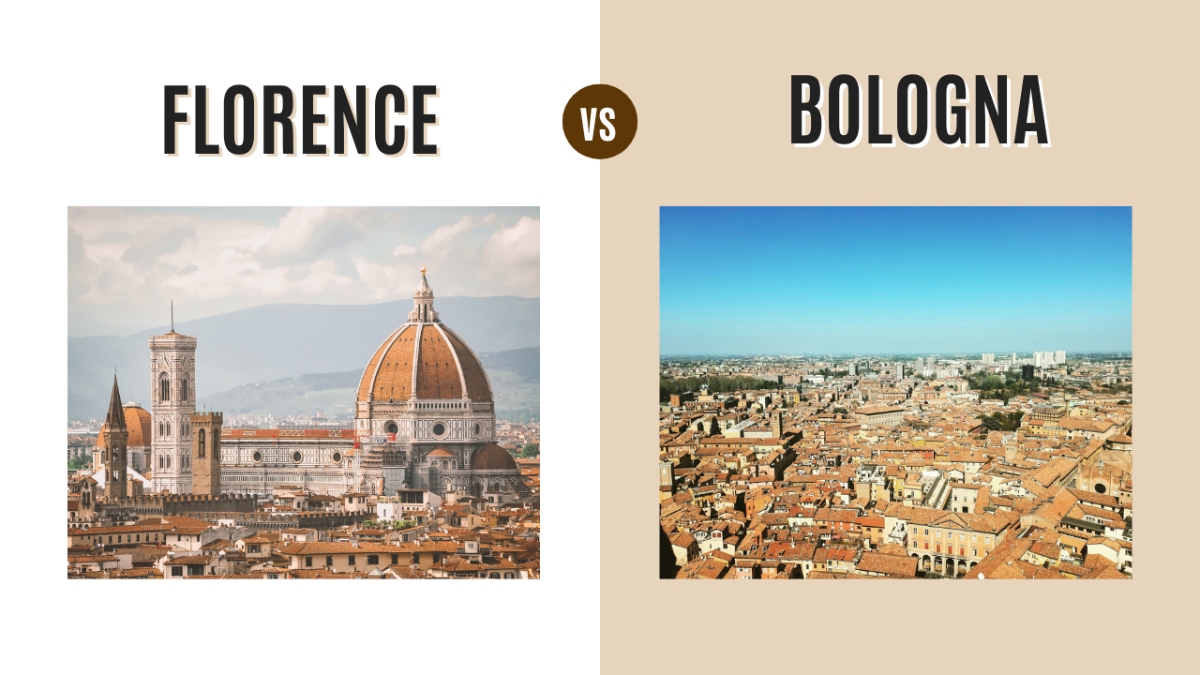
0 Comment